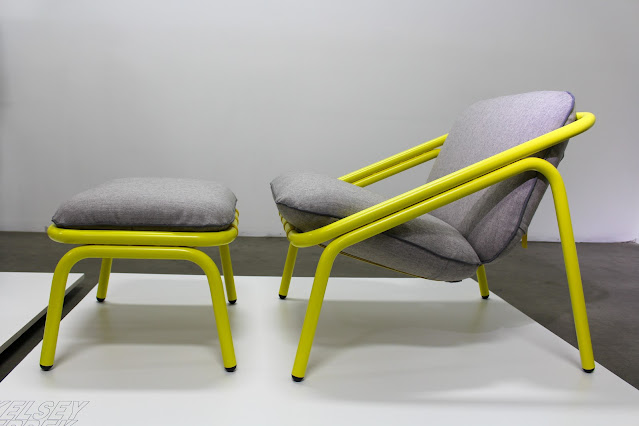Designing for the Bottom of the Pyramid

(Since some people asked for a copy, this is the speech that I gave at the IDSA Western District conference, Santa Monica, CA, April 25th, 2009. This is the first point, the second and third will be on separate posts.)
2 questions were posed as a theme for this conference: What must designers do to survive today? And What can we do to thrive internationally?
Here are 3 issues that I think are important right now:
1. Design for the BOP
2. Design for make-on-demand
3. Encouraging graduate education for designers
1. Learn how to design for people at the bottom of the pyramid
A World of Unreliability
One revelation to me in my brief time in

A job may be here today and gone tomorrow. That employer may pay you, or may not and disappear. The rainy season may come early or late, or you may have a drought and your family will starve. Electricity for an entire town is turned on and off at random times by the power company. If you are injured and go to a hospital, the doctor may be there, or they may not, and no one knows when or if they will show up to work that day.
All of these are accepted facts of life for an African. This unreliability leads to awareness that life is very short, random and unpredictable. This awareness affects decision-making in regards to long or short term benefits.
In contrast, Americans tend to think and live as if they are going to live a long life in peace, continue earning money, never get sick, have full access to the best medical care, always have food to eat, have excellent free public education, enjoy continuous electrical power and high speed internet access. Such are the luxuries that are taken for granted. In fact when we don’t have these things, we get very angry and frustrated. Another word for this condition is “spoiled.”
What I’ve learned about the world’s economy in the past year is that: One, much of our wealth is a house built upon sand. And second, when the richest 10 percent of the population stops spending, the world economy goes down the toilet.
So out of necessity, companies must look to other markets, such as, I don’t know, the other 90 percent of the Worlds population? In order to do this right, we have to re-think our approach to designing products when doing for people who live on $2 per day. This requires a shift in the traditional thinking about design, priorities and cultural understanding.

Design for affordability (which doesn’t mean design cheap junk)
How would you live on $2 per day? You only meet the needs of the day, You can’t afford to buy giant monthly quantities. Such as with cell phones, Ugandans buy just a few minutes of cell time as needed. The model of a monthly fee and contract would not be acceptable nor affordable. So how can you maintain the quality, but make it on a smaller scale, a bite size scale?

Design for repair (not for disposal)
In

The iphone wasn’t designed to be repaired or have a long life time beyond 3 years. But East Africans, for example, will extend the life time of a product as long as possible, longer than it was intended to survive. Such as this fender on this motorcycle.
Design for income generation
A product that offers more convenience or time savings is isn’t compelling to people at the bottom of the pyramid. Convenience is the luxury of the rich and not a priority of the poor.
Why? Because the poor has time, what they don’t have is money. The rich have money, but what they don’t have is time.

A manual sewing machine for example. The manually powered Singer on the left is more usefull and valuable than the feature-rich, well styled one on the right. Why? Because one, it doesn’t need electricity to run, and two because it can help earn money. It could pay for itself in income generation. If I could have a low cost, manually powered sewing machine, that’s easy to use and repairable, I have a business. I can pay for my children’s education, which is their only way out of the cycle of poverty.
Design with empathy and understanding
Designing products for people of developing countries can be done appropriately with intensive research, cultural understanding, meaningful relationships, collaboration and respect.

If the users can be involved in the design process, it can lead to shared ownership and increased credibility within the culture. And designing products for the people at the bottom of the economic pyramid isn’t sustainable if it’s just subsidized charity, it has to be affordable, effective and desirable to have long term impact.



Comments